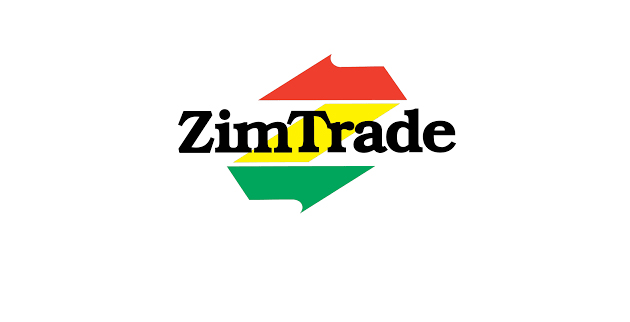Nokuthaba Brita Ncube, [email protected]
ZIMBABWE’S timber industry, once a significant contributor to export earnings, is striving to regain its position as a key player in regional and international markets.
At its peak, the sector exported timber products worth US$137 million in 2001, with recent efforts focused on revitalising production and increasing export revenue.
Over the years, the timber industry has faced challenges such as deforestation and increased mining activities in forest estates. Illegal miners have cleared large tracts of forest land for their operations without implementing reforestation efforts, causing a significant imbalance in timber supply.

According to the Food and Agriculture Organisation (FAO), Zimbabwe lost 37 percent of its forested land to deforestation between 1991 and 2015. This has severely impacted the production of indigenous wood, which commands higher prices on the export market.
Zimbabwe produces various timber products, including sawn timber, veneer, plywood, fibreboard, pulp and paper, furniture and engineered blocks. A significant percentage of these products are exported to regional and international markets.
In 2020, Zimbabwe’s total wood product exports reached US$15,6 million, with Botswana being the largest importer, purchasing US$5,5 million worth of products. Other key importers included Zambia (US$3,9 million), South Africa (US$3,2 million) and Mozambique (US$2,9 million).
Exports of wood (sawn or chipped lengthwise) in 2020 totalled US$6,4 million, an 18.5 percent increase from 2019’s US$5,4 million.
Veneer exports in 2021 were valued at US$199 000, with China importing US$141 000 and South Africa US$41 000.
ZimTrade, the national trade development and promotion agency, is playing a pivotal role in assisting local timber companies to enhance their export capabilities. Through its development programmes, ZimTrade supports emerging and youth-led businesses by providing resources and capacity-building initiatives.
“Through the ZimTrade development department, we will work together to ensure the company is informed and capacitated,” ZimTrade noted in a recent post on its X account.

A large percentage of the sawn timber output and timber-related products are exported to regional and international markets.
Government and industry stakeholders are working towards improving efficiencies and boosting export volumes in the short to medium term. This aligns with Zimbabwe’s broader goal of achieving upper-middle-income status by 2030 through increased export earnings and economic transformation.
Despite the challenges, Zimbabwe’s timber industry remains a vital sector with significant potential to contribute to the country’s economic growth. Reforestation efforts and sustainable management practices will be critical in ensuring the industry’s long-term viability.

